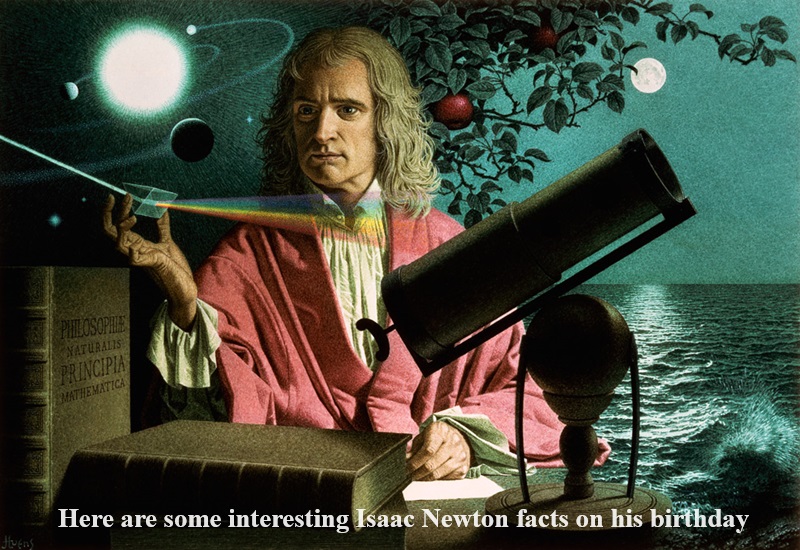
The renowned figure in the history of science, Isaac Newton, is often associated with the tale of an apple falling from a tree and hitting him on the head, leading to the discovery of gravity. However, delving into the life of Newton reveals a fascinating array of facts beyond the popular narrative.
Born on January 4, 1643, by the Gregorian calendar, Newton’s birthdate in the Julian calendar, prevalent in the 17th century, places him on Christmas day, 1642. Despite his fragile infancy, he defied expectations and went on to make significant scientific contributions.
Newton’s passion for education was nearly thwarted when, at the age of 12, family circumstances compelled him to leave school for farm work. Fortunately, his uncle intervened, persuading Newton’s mother to allow him to return to school, where his love for chemistry flourished.
Contrary to the iconic story, there’s no evidence that an apple fell on Newton’s head. He did witness an apple falling, sparking reflections on the force responsible for such events. This contemplation led to his groundbreaking theory of gravity, asserting that Earth exerts a force pulling objects downward, preventing aimless floating.
Beyond gravity, Newton made various other scientific breakthroughs, including formulating the three laws of motion. These laws elucidate concepts like inertia, acceleration, and action-reaction pairs in forces. Additionally, Newton delved into optics, discovering that light comprises a spectrum of colors.
In an unexpected role, Newton served as the Master of the Royal Mint in 1699, rescuing it from the circulation of forged coins. This contribution earned him the honor of having a special 50p coin dedicated to him in 2017, marking 375 years since his birth.
Despite his impactful life, Newton never married and, in his later years, exhibited signs of mental instability. He passed away at the age of 84 on March 31, 1727, with post-mortem findings suggesting mercury poisoning as a possible cause.
Adding a touch of whimsy to his legacy, Newton’s dog, Diamond, reportedly set his laboratory on fire by knocking over a candle. This mischievous act led to the destruction of important work, requiring Newton to spend over a year rewriting it.

Post Your Comments